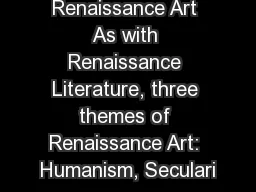PPT-THE Elizabethan Era History of the renaissance
Author : mitsue-stanley | Published Date : 2018-07-12
Influenced by Ancient Greece and Rome Renaissance means rebirth 14th to 17 th century Surge of interest in classical learning and values Period of enlightenment
Presentation Embed Code
Download Presentation
Download Presentation The PPT/PDF document "THE Elizabethan Era History of the renai..." is the property of its rightful owner. Permission is granted to download and print the materials on this website for personal, non-commercial use only, and to display it on your personal computer provided you do not modify the materials and that you retain all copyright notices contained in the materials. By downloading content from our website, you accept the terms of this agreement.
THE Elizabethan Era History of the renaissance: Transcript
Download Rules Of Document
"THE Elizabethan Era History of the renaissance"The content belongs to its owner. You may download and print it for personal use, without modification, and keep all copyright notices. By downloading, you agree to these terms.
Related Documents

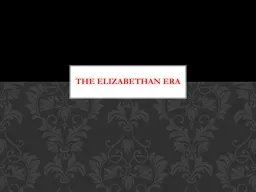
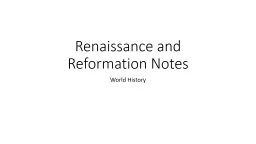
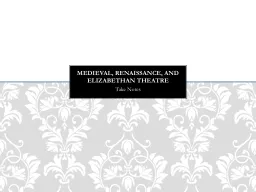
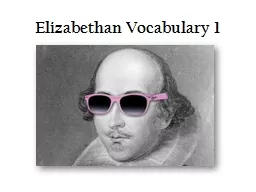

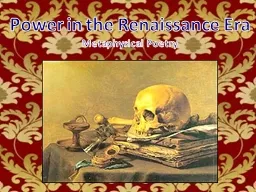
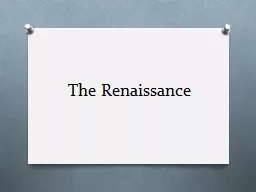
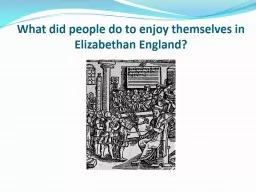
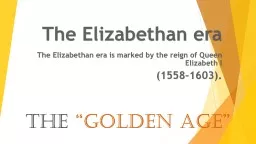

![Renaissance Italy http://www.kmkz.com/jonesj/gallery/renaissance italy[1].jpg](https://thumbs.docslides.com/717618/renaissance-italy-http-www-kmkz-com-jonesj-gallery-renaissance-italy-1-jpg.jpg)
